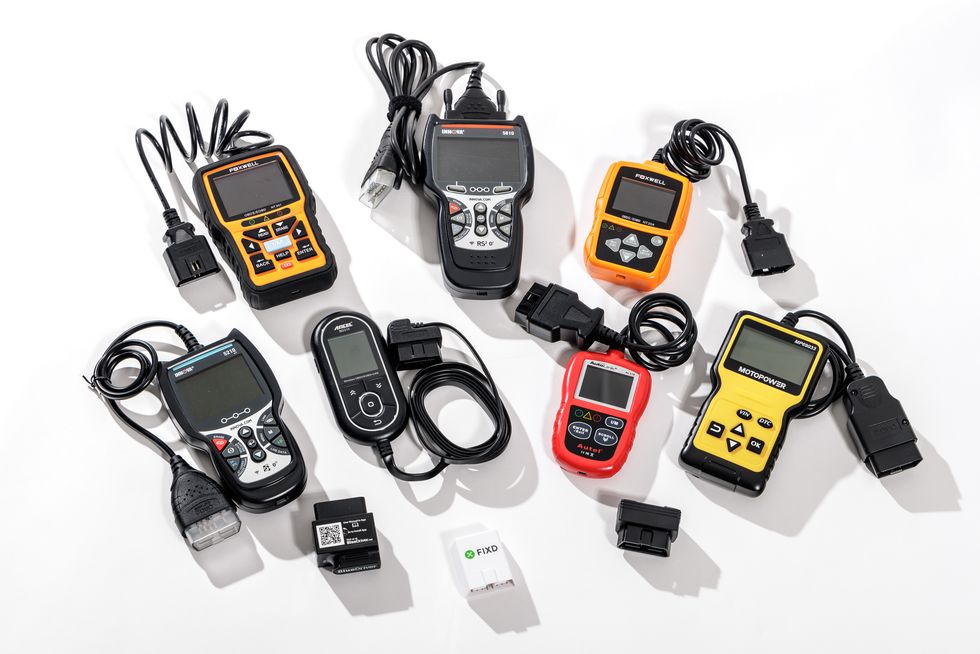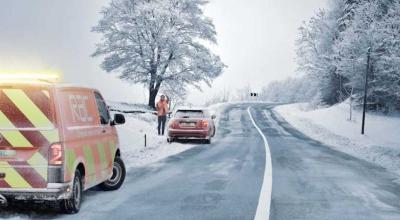OBD Scanners Unpacked: Your Car's Ultimate Communication Tool

by AutoExpert | 13 February, 2024
Do you have an OBD scanner? If not, it's time to get one! This marvel will translate your car's love language to you, and you'll always know what's up with it.
What's an OBD Scanner Anyway?
Think of an OBD scanner as your car's way of texting you what's up. Modern cars are basically rolling computers constantly checking if everything's cool under the hood. When something's off, it drops a code in your car's system, kind of like leaving a sticky note saying, "Hey, check this out when you can!" These codes can range from "Oops, I hiccupped" to "Help, I'm having a meltdown!"

Old School vs. New School: OBD-I and OBD-II
Here's the deal: cars made before '96 are like classic rock - they rock an OBD-I system. Cars from '96 onwards are more like the latest Spotify hit, sporting the OBD-II system. The main thing to remember? They're not mix-and-match. It's like trying to use a PlayStation 5 game in a PlayStation 4 console - not happening.

Finding Your Car's Secret Communication Port
Your mission, should you choose to accept, is to find where your car's been hiding its OBD port. If you're rolling in something newer, it's probably chilling under the steering wheel. If it feels like a treasure hunt, you might find it lounging in the trunk or hanging out near the handbrake. And because we live in a world where everyone's worried about their digital privacy, snagging an OBD-II port lock might not be a bad move.
How to Chat With Your Car Via OBD
Whether you're kicking it old school with an OBD-I or living it up with an OBD-II, the steps to get chatting are pretty straightforward:
- Make sure your car's catching some Z's (aka turned off).
- Go on a mini adventure to find the OBD connector port. Under the steering wheel is a good starting point, but when in doubt, your car's manual is like the wise sage you turn to for advice.
- Plug in your OBD reader with the gentleness of a first date. Those connector pins are more sensitive than a soufflé.
- Fire up your car, and if your OBD reader is the wired type, it'll come to life too. Got a manual one? Just hit that power button.
- Key in your car's deets when prompted. This part feels a bit like setting up a dating profile for your car.
- Hit the scan button and let your car spill the tea.
- Once it's done, you get to play detective and figure out what those codes mean. Some gadgets or apps translate "car language" into "human."
Decoding Your Car's Secret Messages
OBD codes come in different flavors:
- B for "Body issues" (like when your car's saying, "Does this dent make me look fat?")
- C for "Chassis" (the car equivalent of a chiropractor visit)
- U for "Uh-oh, the network's glitching"
- P for "Powertrain problems" (as in, "I'm not feeling so powerful today.")
Not every alert is a five-alarm fire. Sometimes, it's just your car's way of saying, "Could use a little TLC." But knowing how to tell a minor hiccup from a real issue is super handy.

Quickfire Q&A for the Curious Driver
- What's an OBD-II scanner? It's like having a direct line to your car's thoughts, especially for rides from '96 on.
- OBD-I or OBD-II – How do I know which I need? If your car came out after '96, you're probably in the OBD-II camp. When in doubt, check your manual or give your car's maker a shout.
- Can I leave my OBD scanner plugged in all the time? Absolutely. It's like leaving your phone plugged into the charger; it sips power but won't drain your battery.
- What if a code won't clear? Some codes are like those annoying guests that won't leave the party. For those, you'll need to fix the underlying issue before they take a hint.
And that's the lowdown on getting cozy with your OBD scanner. It's not just about fixing problems; it's about getting to know your ride's quirks and features. Who knows? You might just become your car's new best friend.


















